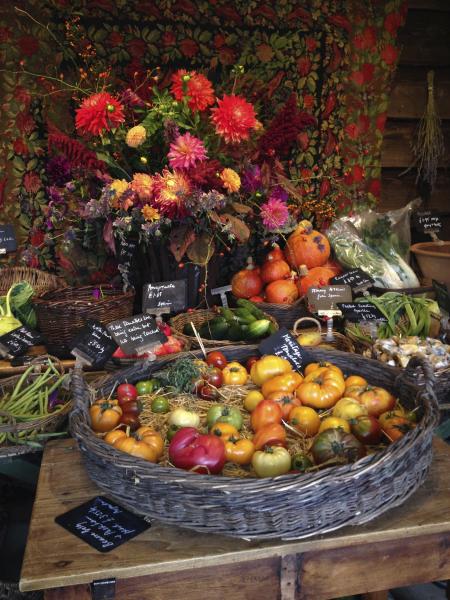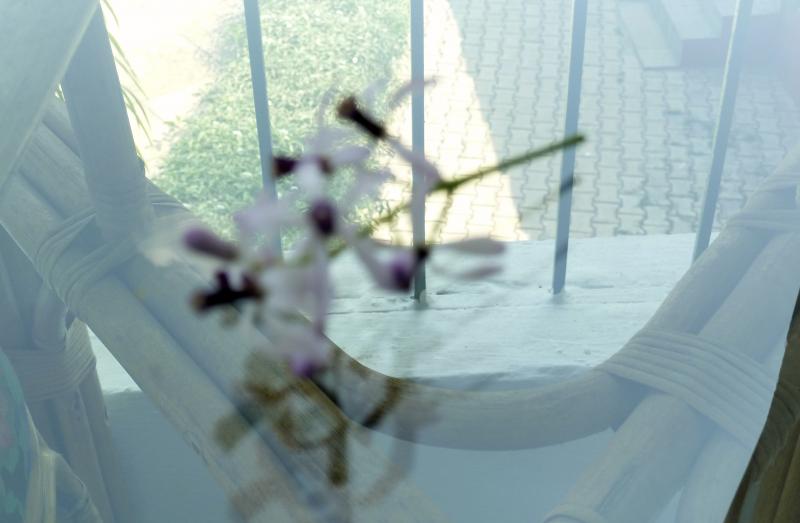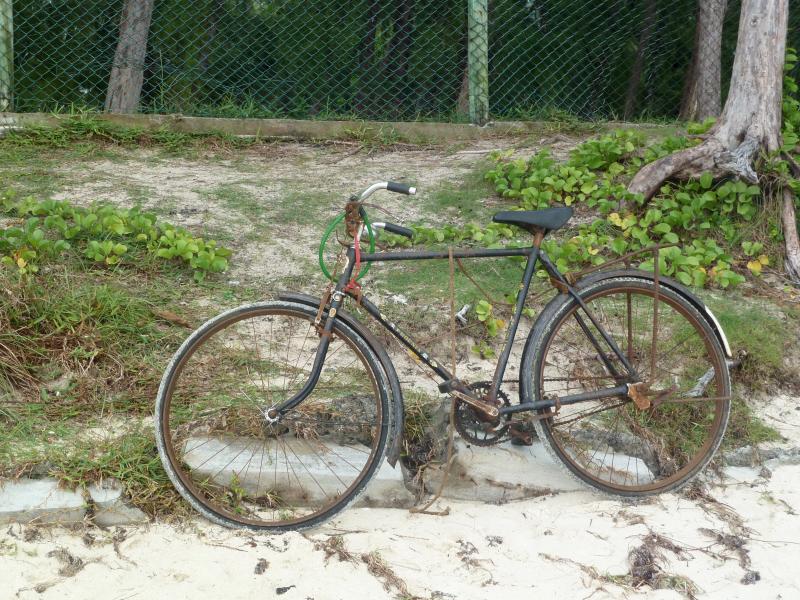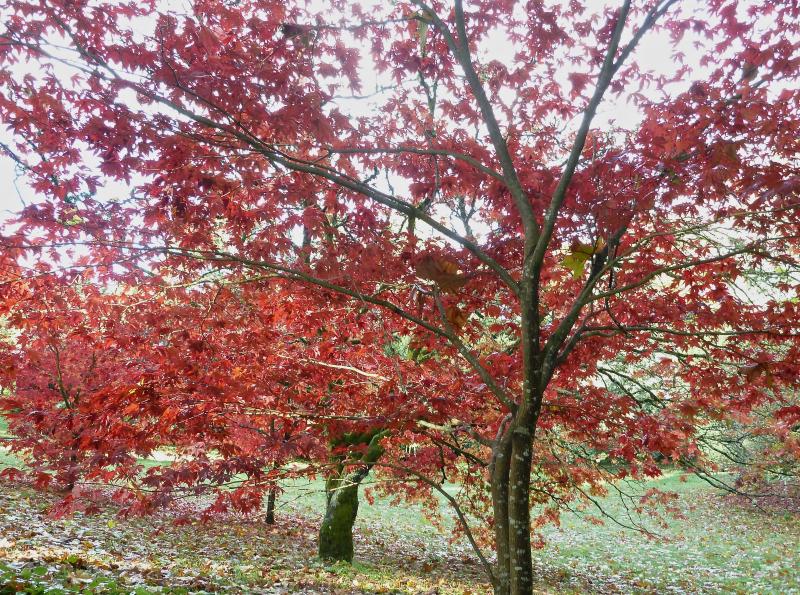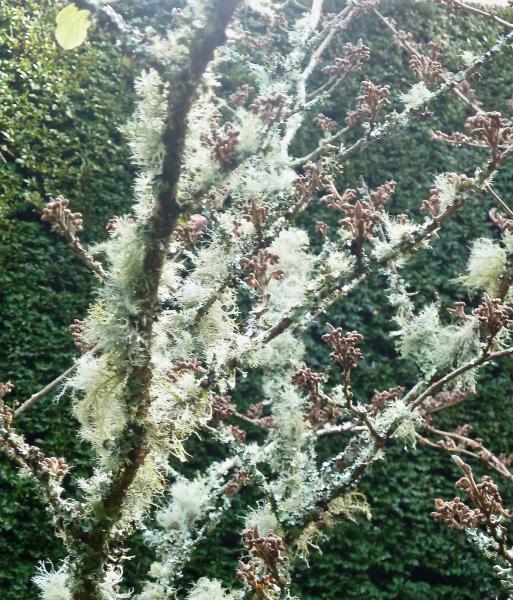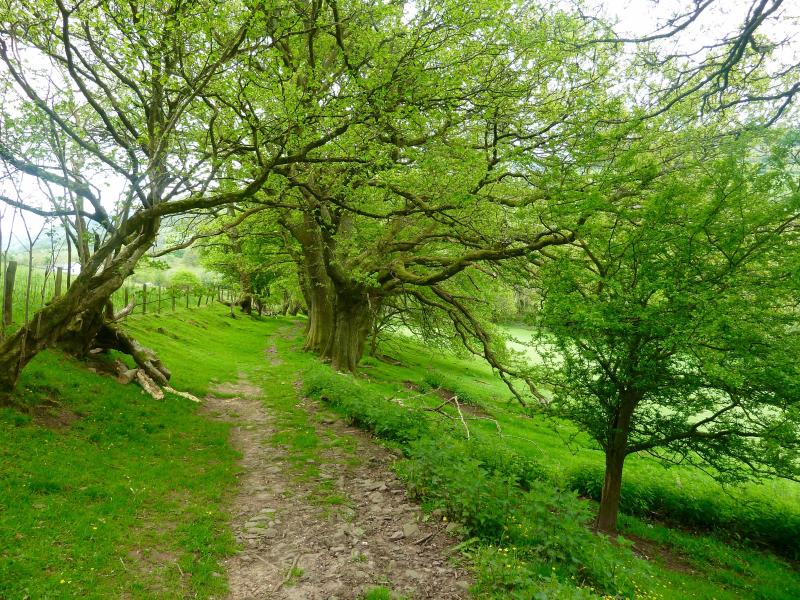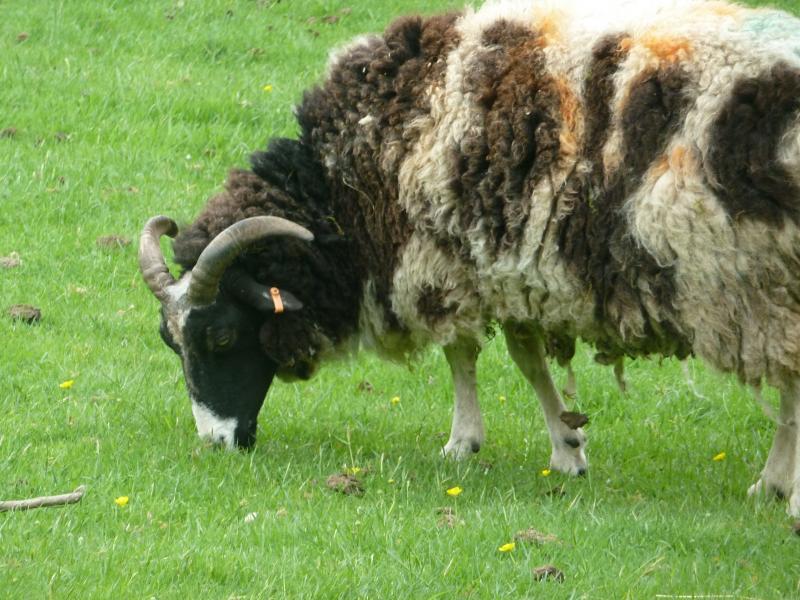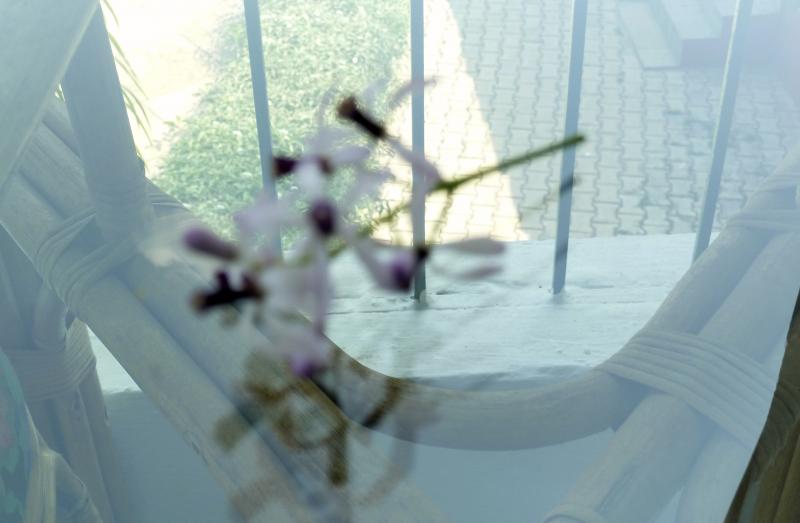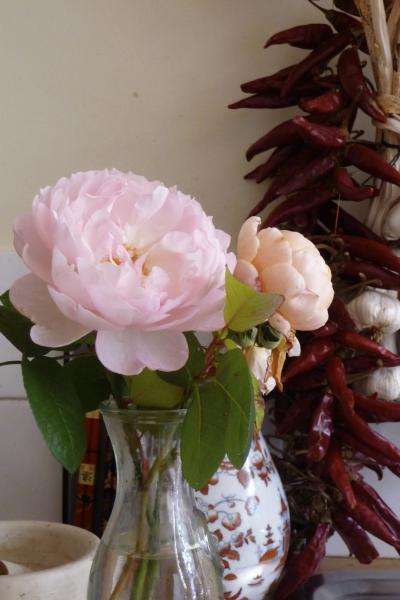Here is a list of weeds- sometimes despised and denigrated, sometimes destroyed but even in these times of hardship and penury almost never sought, or foraged for food or medicinal use. I have tasted, crushed, sniffed and cooked with:
Mayweed- pineapple scent, good in apple cake. Useful for gastric flu, headaches, rheumatic pains. Flourishes on rock hard paths and trodden bridleways.
Nettles. Fine pluck in Spring. Absorb everything, so beware site.
Hogweed. Smelling delightfully of toilets BUT the dried seeds are part of a Persian spice mix and lovely in curries. Use green seeds in vodka infused with orange peel. Never touch Giant Hogweed.
Thistles-pickle the roots in olive oil
Vernal grass dried smells of vanilla
Birch trees, sycamore, tap for sap rising in early Spring. Litresful of delicious syrup. While being boiled, the house smells of caramel. Mix with violet flowers.
Bramble leaves make a tea like raspberry leaf tea. Early long buds taste of coconut as do
Gorse flowers- delicious in salads
Rowan flower buds taste of marzipan and good with pannacotta, creme brulee, Bakewell tart. Heat gently to bring out flavour
Magnolia- one of the most primary forms of tree- lends its petals to pickling and salads. Stuff with quinoa, fish and wasabi.
Useful salad greens: speedwell, goosegrass, alchemilla,jack-by-the-hedge, chickweed, fat hen, stitchwort, dandelion, honeysuckle flowers, blue vetch, dock, plantain, and ….GROUND ELDER!!!
Liz Knight of Forage Fine Foods, whose devotion to her chosen field (sic) could raise a dying donkey (or goat) from its way to eternal pastures, held ten of us spellbound as she skipped through fields and hedgerows and over stiles belonging to the farmlands of Kate Humble (Wild Shepherdess).
At lunchtime we spread our foraged bounty under “Old Man Oak”- possibly 500 years in age- and chopped and grinded under Liz’s direction.








We ate roast potatoes, cottage cheese, beetroot and apple salad, green salsa, flatbread, trout (from Waitrose) and even made rosepetal and elderflower ice-cream in plastic bags, with ice and lots of shaking ( a bit like the old wooden-churn method).
Then we staggered back to Kate’s farm through some impossibly lovely fields picking all the way
(“don’t ever touch that pretty flower, it’s deadly”) to cups of tea.




If every schoolchild- no, every child and university student- were given such information by as delightful a teacher as Liz…what would the world be like?
RECIPE FOR WILD SALSA VERDE
A large handful of the following:
jack by the hedge
ground elder
ox eye daisy leaves
a dozen pennywort leaves
small handful of mint leaves
and young hawthorn, beech, birch or lime leaves
2 Tbsp pickled nasturtium seeds, oxeye daisy buds or capers
Virgin Rapeseed oil Cider Vinegar
Sugar and salt
Soak all the leaves in cold water with a cup of vinegar
Dry in salad spinner
Roll leaves into cigars and chop finely
Add nasturtium seeds to leaves in a bowl and pour in enough vinegar to wet them
Add a few glugs of oil and add a little sugar. Add more slowly to taste.
Pack into a jar and keep in fridge for a couple of days.
Good with baked potatoes, on rye toast, with fish or cold meat and hard boiled eggs.













